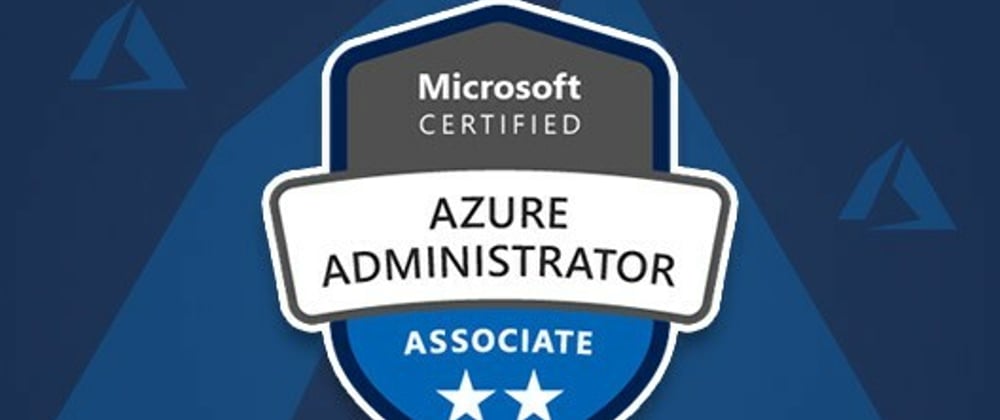Different companies offer a variety of cloud computing systems. One of these, given by Microsoft, is Windows Azure. The managed data centers that are used to create, launch, administer, and offer services across a global network are what is referred to as Azure. PaaS and IaaS are the services offered by Microsoft Azure. It supports a wide range of programming languages and frameworks. The Azure Administrator Course is geared toward programmers who are interested in creating world-class applications on Windows Azure's open and cutting-edge platform.
Azure as PaaS (Platform as a Service)
As the name implies, clients are given a platform to create and use the software. The clients don't have to worry about infrastructure and hardware, so they can concentrate on developing applications. Additionally, it handles the majority of the operating system, server, and networking problems.
Pros
- Because servers are updated automatically and resources are allocated based on demand, the overall cost is inexpensive.
- As servers automatically update and are reviewed for any known security flaws, it is less vulnerable. Since the developer cannot see the entire process, there is no possibility of a data breach.
- It is simple for developers to switch to new tools since the Azure team tests new versions of development tools. This enables the developers to easily adjust to new versions in order to satisfy client demand.
Cons
The use of PaaS has portability problems. Azure's environment can be different, hence the application might need to be modified accordingly.
Azure as IaaS (Infrastructure as a Service)
It is a managed computing solution that allows application developers total control over the operating systems and application platform stack. It enables the user to independently access, control, and monitor the data centers.
Pros
- This is perfect for applications that call for total control. The virtual machine can be completely adapted to the requirements of the organization or business.
- IaaS facilitates very efficient design time portability. This means the application can be migrated to Windows Azure without rework. All the application dependencies such as the database can also be migrated to Azure.
- IaaS allows a quick transition of services to the cloud, which helps the vendors to offer services to their clients easily. By promoting their products in new areas, the sellers are also able to grow their businesses.
Cons
- Since users have total control, they may be motivated to persist with a specific version due to program requirements. They can find it challenging to upgrade the application to newer versions.
- The expense of running it is increased for a variety of reasons. For instance, more frequent server maintenance for software patches and upgrades
- Servers without security updates provide numerous security threats. Some businesses have established procedures for vetting and patching security flaws in on-premise systems. To reduce the risk of hacking, these procedures must be expanded to include cloud-hosted IaaS VMs.
- The servers' lack of patches is a serious security concern. IaaS does not offer automatic server patching, in contrast to PaaS. Unpatched servers that contain sensitive data can be extremely vulnerable, with consequences for an organization's entire company.
- In Iaas, maintaining legacy apps is challenging. It might be forced to use outdated operating systems and software stacks. As a result, apps become challenging to maintain and gradually add new capabilities.
- To make the best decision for your needs, it is vital to comprehend the benefits and drawbacks of both services. Finally, it may be claimed that PaaS offers distinct operational financial advantages over IaaS for common applications. The PaaS business model is destroyed by the expense of operations. IaaS, on the other hand, provides total control over the OS and application platform stack.
Azure Management Portal
Launched in 2012, the Azure Management Portal provides an interface for managing services and infrastructure. It allows the user to handle all the services and applications by displaying them all.







Top comments (0)